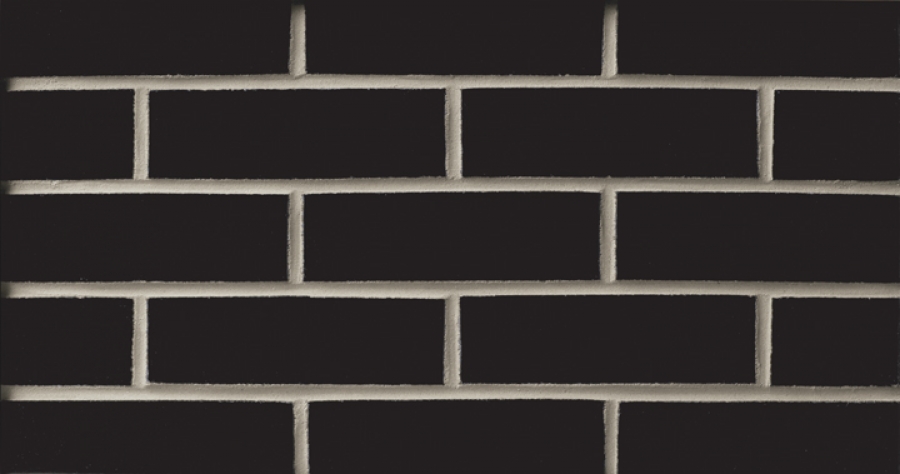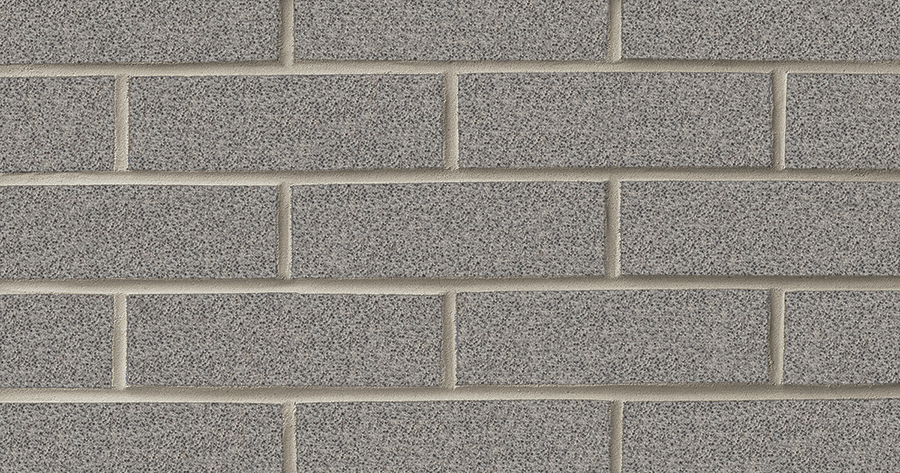Glazed and Unglazed Brick Comparison
When it comes to choosing bricks for architectural projects, one of the decisions designers face is whether to opt for glazed or unglazed bricks. Both have unique characteristics, influencing both the aesthetic appeal and functional aspects of the final structure. We will explore the fundamental differences between glazed and unglazed bricks, delving into their manufacturing processes, visual and functional distinctions, aesthetic considerations, maintenance requirements, cost differentials, and the environmental implications associated with each choice.
Visual and Functional Distinctions
The primary difference between glazed and unglazed bricks lies in their surface treatment. A glaze is applied to the brick prior to firing. Glen-Gery glazed bricks are single fired, unlike many other manufacturers. This imparts a vibrant and polished appearance, with a wider range of color options compared to unglazed bricks. Glen-Gery glazed bricks even have the option for custom colors, being able to match nearly any Pantone color or other color swatch the architect or designer desires. On the other hand, unglazed bricks maintain their natural, earthy texture and color, showcasing the raw beauty of the materials used. Glen-Gery, however, does offer the option of applying a clear glaze to protect against outside elements such as graffiti, while still maintaining the natural appearance of the brick.
Manufacturing Processes
Understanding the manufacturing processes is crucial for appreciating the disparities between glazed and unglazed bricks. Other glazed bricks are typically fired twice, first without the glaze and then with the glaze layer applied. However, Glen-Gery has mastered the technique of applying the glaze to the unfired brick, so only one firing process is needed. This glaze can also be applied to traditional and custom shapes! The process results in a hard, impermeable surface that enhances durability and resistance to weathering and graffiti.
Impact on Color, Texture, and Durability
The glazing process significantly influences the color and texture of bricks. Glazed bricks offer a broad spectrum of color choices, allowing for customization to suit specific architectural styles or design preferences. Glazed brick are perfect accents and are often selected when a color is desired that is not typically achievable through standard manufacturing processes or techniques, such as school colors. The glossy surface of glazed bricks can also enhance the reflectivity of light, contributing to a brighter appearance.
Aesthetic Considerations
The choice between glazed and unglazed bricks often boils down to the desired aesthetic for a particular project. Glazed bricks are favored in contemporary and modern designs, adding a sleek and polished finish to facades or interior walls. Unglazed bricks, with their natural and rugged appearance, are commonly used in projects where a more traditional or rustic look is desired, such as in heritage or industrial-themed architecture.
Maintenance Requirements and Cost Differentials
Maintenance considerations play a crucial role in decision-making. Glazed bricks are low maintenance, as their smooth surface repels dirt and is easy to clean. In terms of cost, glazed bricks tend to be slightly more expensive due to the additional of the glaze applied, and any customized elements involved.
Environmental Implications
For environmentally conscious projects, it's essential to consider the ecological impact of material choices. Both glazed and unglazed bricks are inherently eco-friendly, as they are made from natural clay or shale. All of Glen-Gery’s glazed brick products contain recycled content, as well as many other nonglazed products manufactured by Glen-Gery - learn more.
In the eternal debate of glazed vs unglazed bricks, the choice ultimately depends on the project's aesthetic vision, functional requirements, and budget goals. Each type has its unique charm and set of advantages, making them suitable for different architectural styles and applications. By understanding the differences, builders and architects can make informed decisions that align with the project's specific needs and design objectives.


